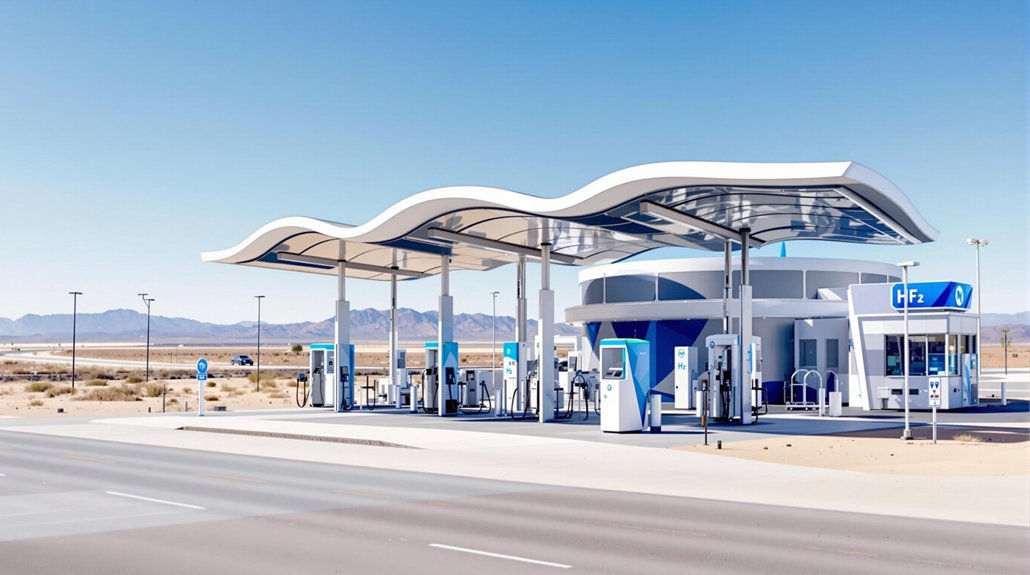Effective natural resource management requires a delicate dance between extraction and protection. Modern tech like remote sensing helps identify resources, while quota systems prevent overuse. Smart companies now focus on sustainable practices – unlike the “grab everything” mindset of the past. Protected areas and wildlife corridors preserve ecosystems, while waste reduction initiatives maximize efficiency. Education and collaborative approaches are transforming resource management, though there’s always more beneath the surface.

Natural resources aren’t infinite, despite what some might think. It’s amazing how many people still haven’t gotten that memo. That’s why thorough resource assessment has become essential – we need to know exactly what we’ve got left before it’s all gone. Modern technology helps, with fancy remote sensing and GIS mapping telling us precisely where our resources are hiding. And yes, we’re keeping databases now, because apparently writing stuff on sticky notes wasn’t cutting it. The article follows the inverted pyramid structure to present critical information about resource depletion first.
The good news is we’re getting smarter about how we extract these resources. Quota systems are finally becoming a thing, though it took long enough. Selective harvesting is replacing the old “take everything and run” approach. Some companies still haven’t caught up, but hey, that’s what regulations are for. The smart ones are investing in better extraction technologies, proving that efficiency and sustainability can actually work together. The adaptive management approach helps organizations continuously improve their resource management practices through systematic planning and review.
Protected areas and wildlife corridors are popping up everywhere, and it’s about time. These aren’t just feel-good measures – they’re essential safeguards for our ecosystems. Habitat restoration is in full swing, though replanting trees won’t undo centuries of damage overnight. In-situ conservation efforts in national parks provide critical protection for biodiversity and natural resources. At least we’re trying, which is more than we could say a few decades ago.
Resource management has evolved beyond the “first come, first served” mentality. Multi-stakeholder plans are now standard practice, incorporating everything from scientific data to traditional ecological knowledge. It’s not perfect, but it’s better than the free-for-all of the past.
Waste reduction has become a priority too, with recycling programs and zero-waste initiatives gaining traction. Some businesses are even turning waste into energy, proving that one person’s trash really can be another’s treasure.
Education remains essential in this whole equation. Schools are finally teaching kids about conservation, and social media is spreading the message further than ever before. Regular monitoring keeps everyone honest, with citizen science programs letting regular folks contribute to data collection. It’s not rocket science – it’s just common sense finally catching up with our resource management practices.








